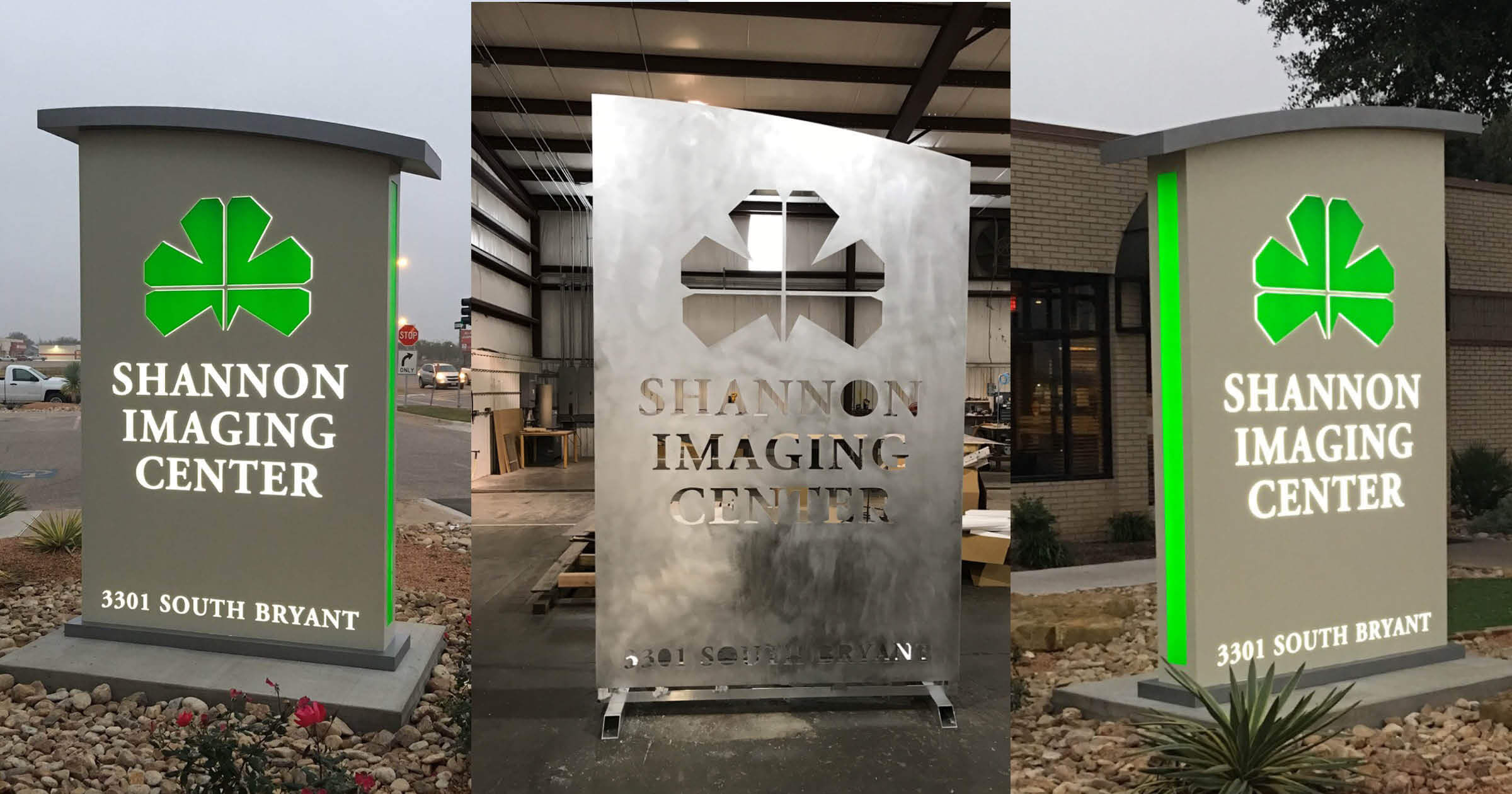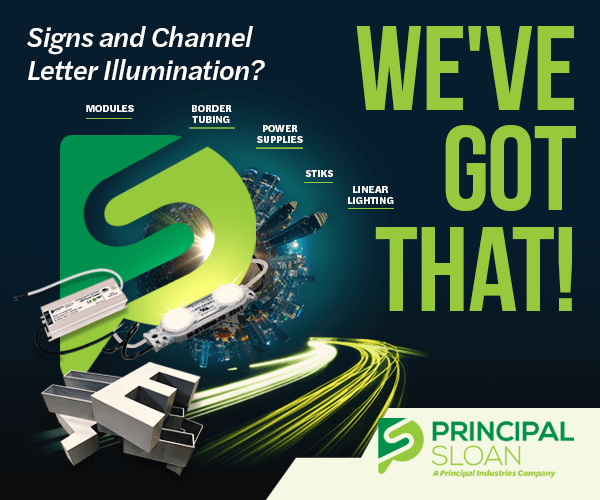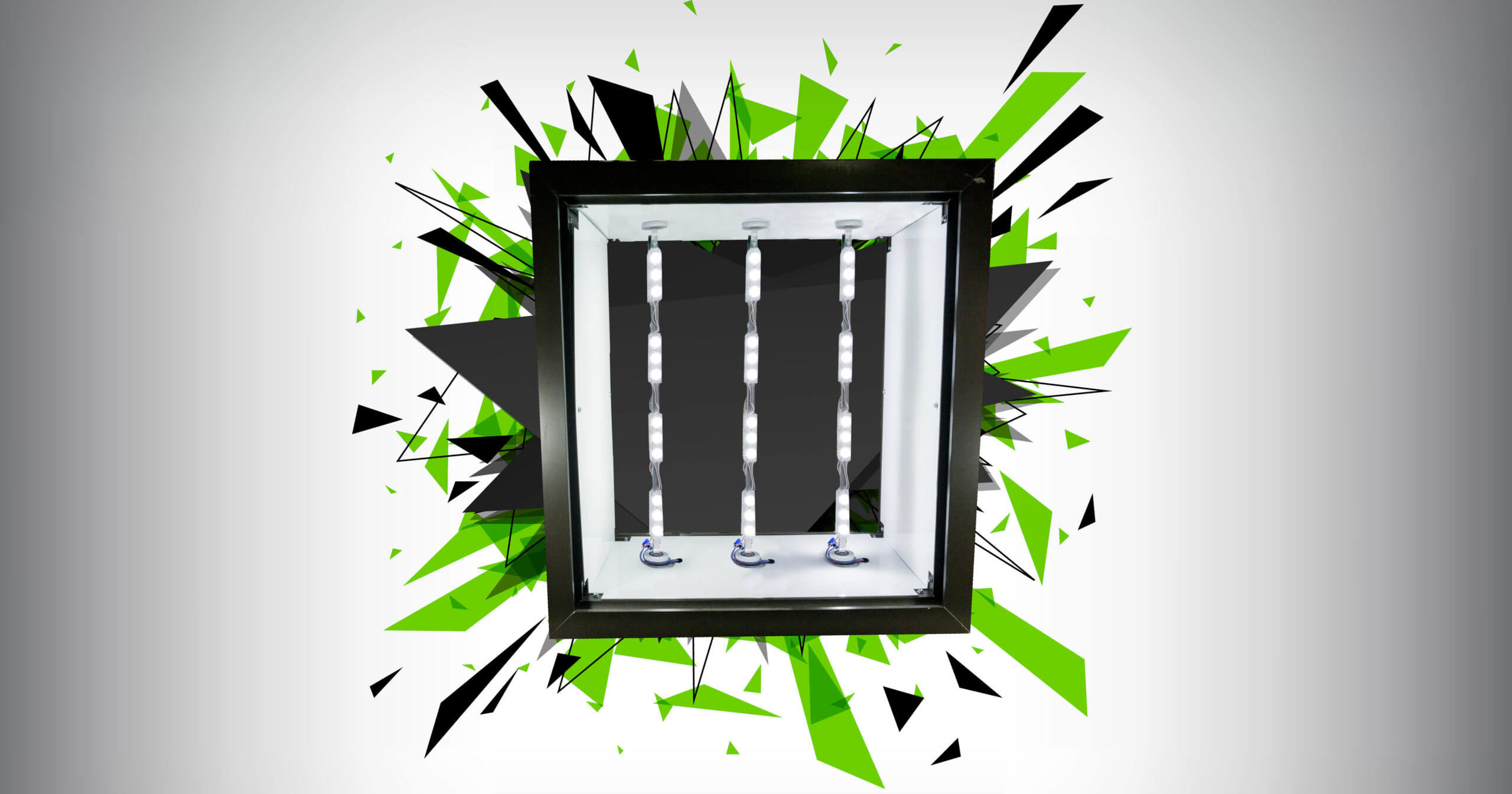Retrofitting existing electric signs has definitely been in vogue as of late, as retailers look for ways to save energy, reduce maintenance, and/or enhance their image to drive sales. In this article we will evaluate the key factors in helping your costumer decide whether or not to retrofit their existing signage or to install a new sign.
Understand Customers’ Needs
The very first step is to understand the needs of your customer. This can be done by a simple interview and assessment with the client. A good assessment will include the key cost drivers and allow the client to rank the importance of key features and benefits. In the age of information, many customers already have a good amount of data when they meet with you. However, many times the customer may be unsure because they don’t understand their true costs or may not understand the implications of their decisions.
By honestly and openly helping your customer navigate through the decision process, you position yourself as a trusted advisor, building customer confidence and increasing the odds of the customer acting on your recommendation. Furthermore, according to business consultant David Maister, author of The Trusted Advisor, playing this role increases the chances of your clients paying their bills on time, forgiving you when you make a mistake or miss a deadline, and reaching back out to you on future projects. Stuff we all want – right?
So let’s look at the six key considerations that you need to understand and have prepared (or ask) prior to making a recommendation.
1. Know the Job Site
Is the job site in a difficult to service location (i.e., one that requires special trucks or equipment to service) or is it one with high maintenance costs due to remoteness of location or limited access? Other questions to consider are whether the client has time restrictions that you can be on-site and how that impacts your labor. Finally, make sure to evaluate ongoing access for future maintenance before making a recommendation.
It often makes sense to recommend a system that has higher up-front costs in order to prevent costly service calls in the future. For instance, I have seen customers actually put redundant power supplies on signs mounted to skyscrapers with an easy to access switch so that in the event a power supply fails, it can be simply switched over without requiring access the inside of the sign.
Also, new LED systems are available that can be driven by AC, thus eliminating the need for power supplies. While much more expensive than low voltage systems, they have the added benefit of reducing a key failure point in jobs where maintenance would otherwise be a nightmare.
2. Research Code Restrictions
Many cities and municipalities have restrictions on new signage construction which may lend itself to a retrofit—especially if the sign is older and therefore “grandfathered in.” It is important to understand National Electric Codes and any special electrical requirements by the city or municipality. In some cases, a whole new sign may require extensive new electrical requirements that could blow the budget.
Also, it is important to understand how UL impacts sign retrofits. Many LED manufacturers have UL-classified systems that are UL certified for sign retrofits. Retrofitting a sign does not void the original UL listing as the listing mark was applied by the OEM attesting that the product met UL requirements when originally shipped.
However, if a sign is built using a certified sign retrofit kit per the installation instructions, typically a field evaluation is not required. UL classified retrofits can also be performed by a company other than the original sign manufacturer.
3. Gather Data on the Existing Sign
Next you should gather maintenance data and energy costs on the existing sign. You may not be the one servicing the sign, but as an expert you will have a good idea as to the maintenance costs of the existing site. If you service the sign already, you should have all of the customer’s maintenance history. If you are not sure about ongoing maintenance costs, many clients are happy to share that during the survey—especially if you explain that you need this to do a proper assessment and guide them toward the best solution.
During the survey, you should also gather information as to the current illumination source, wattage, energy costs and hours of operation. This information will be critical in providing a complete return on investment (ROI) analysis for the client. Many LED and other lighting manufacturers have off-the-shelf ROI calculators to help sign companies provide a complete analysis for their customers.
4. Understand Your Costs
What will it cost you to install the existing sign versus perform the retrofit. Evaluate the costs and installation times of different illumination options, as well as building a new versus retrofit sign.
If an LED system is going to be used, make sure to understand the total cost to install. Many LED systems used for replacing fluorescent lamps in sigh cabinets are “ready to install” in the existing socket. Check to see if any assembly is required and make sure to account for those costs. In many cases, shop labor is much less than field labor (especially if you are renting a truck). In this case it may make more sense to pre-assemble the LEDs on an aluminum backer that is pre-cut for each letter, reducing time on site or even just putting up a new sign entirely.
5. Understand the Client’s Brand Vision
Is the client looking for a complete rebrand? Ask the client about their goals and how to you can help use their signage to enhance visibility and improve their brand. If you find this is at the top of their priority list often times a brand new sign will make the most sense. This will also give you an opportunity to partner with your client by showing what is possible through conceptual renderings. The size and variety of LEDs today, coupled with the availability of special optics lenses, has opened up new low-profile form factors in both cabinets and channel letters.
For instance, OSRAM recently developed new LED modules employing a square lens that are designed to provide unparalleled sign face lighting uniformity in smaller low-profile channel letters or box signs.
Typical signage optics deliver a round beam pattern, which works well for the higher light output modules used in larger channel letters. However, as channel letters get smaller and shallower, modules with round beam patterns need to be mounted closer together so the beam patterns overlap to get a uniform distribution on the sign face. In contrast, the square beam pattern of the new square lens optics does not need to overlap to deliver a uniform sign face—thus minimizing the number of modules required to achieve professional results.
“Our full portfolio of advanced OSRAM LED signage modules and power supplies are rigorously tested to meet the highest standards of the industry,” says Erich Bockley, LED signage product manager at OSRAM. “With our new square lens addition to the BackLED portfolio for channel lettering, businesses now have finer control over light distribution in small and shallow signs, ensuring a bright and uniform appearance.
“This can reduce energy consumption by 50 to 75 percent in a typical 4’ x 8’ box sign and the long life of the LEDs will significantly reduce maintenance costs.”
6. Put Your Clients’ Needs First
While you may get a bigger “one-time” order by recommending a new LED illuminated sign for a given application, it may not be the ideal solution. My experience is that I build more credibility and long-term loyalty if I put my customers’ needs ahead of my own.
For instance, in an easy-to-service monument sign where the goal is to display simple information, LEDs may be overkill on a retrofit. Voltarc has an excellent lifespan and is a cost effective replacement for T12 lamps in sign cabinets. These TriLight Max fluorescent lamps exceed 50,000 hours of life and can reduce energy costs up to 40 percent. They are a good option for easier-to-service installations where maintenance costs are lower and up-front cost is the client’s primary consideration.
The Right Decision
Once the client assessment is complete, it is important to provide a clear analysis and quotation back to the customer. It should include an ROI analysis showing the payback on the various options proposed. Ultimately, the decision to retrofit or install is a weighted amalgamation of the pluses and minuses of these six considerations.
The key to making the correct decision though has to be driven by both preference and data. Analysis of the above six variables will allow you to separate the client’s logic from emotion and give them confidence they have made the right decision. This will not only make for a happy customer, but will also position you as a trusted advisor and will lead to repeat business and an elevated reputation with your client base.
This article was published in Sign & Digital Graphics magazine on September 1, 2016.



